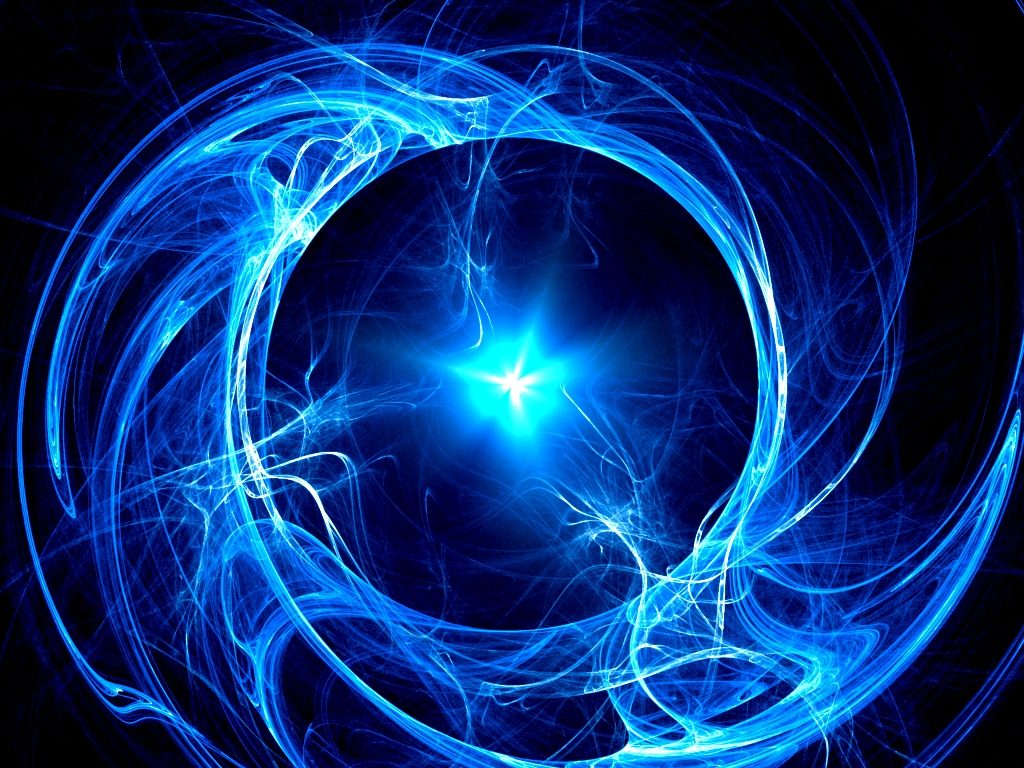By Akanimo Sampson
For coastal communities like those of the Niger Delta, largely abandoned by development planners and executors, the ‘invention’ of a blue energy might just be all they need to rapidly transform their social and economic conditions.
But, with around 800 million people worldwide still lacking even a basic drinking-water service, and with the global population expected to hit 10 billion soon, prospects for such happier days are not appearing very bright.
However, a post-doctoral scholar in civil and environmental engineering at Stanford University in California, USA, Kristian Dubrawski, says blue energy is an immense and untapped source of renewable energy.
Dubrawski who is also a co-author of a study in that field said in a statement, “Our battery is a major step toward practically capturing that energy without membranes, moving parts or energy input.’’
They have developed an affordable, durable technology that could harness energy generated from mixing freshwater from seawater which has already been outlined in paper, recently published in American Chemical Society’s ACS Omega. The researchers suggest that this “blue energy’’ could make coastal wastewater treatment plants energy-independent.
The researchers, according to a Rael-Science post, tested a prototype of the battery, monitoring its energy production while flushing it with alternating hourly exchanges of wastewater effluent from the Palo Alto Regional Water Quality Control Plant and seawater collected nearby from Half Moon Bay. Over 180 cycles, battery materials maintained 97 percent effectiveness in capturing the salinity gradient energy.
The technology could work in any location where fresh and saltwater intermix, but wastewater treatment plants offer a particularly valuable case study. Wastewater treatment is energy-intensive, accounting for about three percent of the total US electrical load.
The process – essential to community health – is also vulnerable to power grid shutdowns. Making wastewater treatment plants energy independent would not only cut electricity use and emissions but also make them immune to blackouts – a major advantage in places such as California, where recent wildfires have led to large-scale outages.
Every cubic meter of freshwater that mixes with seawater produces about .65 kilowatt-hours of energy – enough to power the average US household for about 30 minutes. Globally, the theoretical amount of recoverable energy from coastal wastewater treatment plants is about 18 gigawatts – enough to power more than 1,700 homes for a year.
The Stanford group’s battery is not the first technology to succeed in capturing blue energy, but it’s the first to use battery electrochemistry instead of pressure or membranes. If it works at scale, the technology would offer a more simple, robust and cost-effective solution.
The process first releases sodium and chloride ions from the battery electrodes into the solution, making the current flow from one electrode to the other. Then, a rapid exchange of wastewater effluent with seawater leads the electrode to reincorporate sodium and chloride ions and reverse the current flow.
Energy is recovered during both the freshwater and seawater flushes, with no upfront energy investment and no need for charging. This means that the battery is constantly discharging and recharging without needing any input of energy.
While lab tests showed power output is still low per electrode area, the battery’s scale-up potential is considered more feasible than previous technologies due to its small footprint, simplicity, constant energy creation and lack of membranes or instruments to control charge and voltage. The electrodes are made with Prussian Blue, a material widely used as a pigment and medicine, that costs less than $1 a kilogram, and polypyrrole, a material used experimentally in batteries and other devices, which sells for less than $3 a kilogram in bulk.
There’s also little need for backup batteries, as the materials are relatively robust, a polyvinyl alcohol and sulfosuccinic acid coating protects the electrodes from corrosion and there are no moving parts involved. If scaled up, the technology could provide adequate voltage and current for any coastal treatment plant. Surplus power production could even be diverted to a nearby industrial operation, such as a desalination plant.
According to Dubrawski, “It is a scientifically elegant solution to a complex problem. It needs to be tested at scale, and it doesn’t address the challenge of tapping blue energy at the global scale – rivers running into the ocean – but it is a good starting point that could spur these advances.’’
To assess the battery’s full potential in municipal wastewater plants, the researchers are working on a scaled version to see how the system functions with multiple batteries working simultaneously.
More than 780 million people worldwide lack even a basic drinking-water service and by 2025, half of the world’s population will be living in water-stressed areas. The population itself is set to hit 10 billion by 2050 and a staggering 10.9 billion by 2100, according to a UN report released last month.
And on top of that, global warming caused by humanity since the industrial revolution has been found to be without parallel in the past two thousand years. It is a foregone conclusion that conditions on Earth will get worse before they get better, so the usefulness of this technology seems to be clear.

